Oura Ring Gen 3 review: redefining sleep, activity, and resilience tracking
The Oura Ring Gen 3 is the next evolution in personal health monitoring

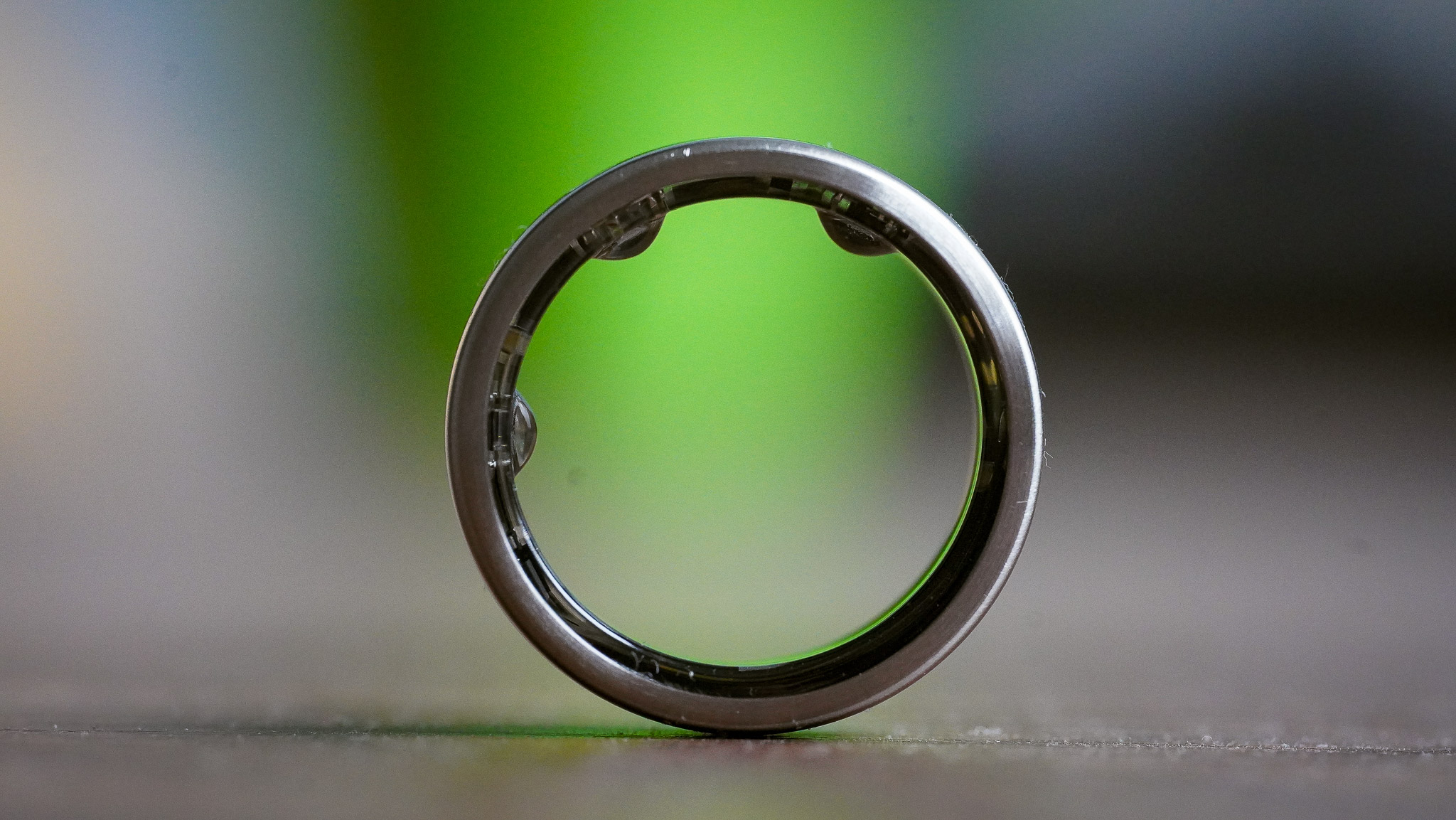
The Oura Ring Gen 3 impresses as a top-tier smart ring with its sleek design and robust build quality. It offers accurate sleep tracking, illness detection, and activity monitoring, making it a comprehensive health companion. Despite its premium price and membership fee for full access to health data, the Oura Ring Gen 3 stands out as a worthwhile investment for those seeking detailed health insights in a discreet and stylish wearable.
-
+
Provides a wealth and health data
-
+
Automatic activity and illness detection
-
+
Lightweight, durable hardware
-
+
Sensible algorithm suggestions
-
-
Membership fee is something to consider
-
-
No vibration motor
Why you can trust T3

Writing something like this Oura Ring Gen 3 review is always a huge undertaking. Not only do you have to use the actual wearable for a month to get a good picture of what it’s capable of, but you also have to test it against other products in the category to ensure you cover all bases and properly check accuracy.
It’s a painstaking process, although I must admit that testing what I think currently is the best smart ring, the Oura Ring Gen 3, wasn’t as cumbersome as some other bulky wearables. Smart rings are the least intrusive wearables to date, offering an almost pleasant, non-distractive way to track your health and well-being.
Of all the smart rings available now, Oura is probably the best-known and offers the most well-rounded functionality. The Finnish brand was one of the first companies to champion smart rings for sleep tracking and became a household name in the nine years since the first Oura ring was launched.
The Oura Ring Gen 3 is also one of the most expensive smart rings in the sense that you’ll have to pay a monthly membership fee to access most of your health data. Is it worth it? How does the Oura Ring Gen 3 compare to other smart rings? How does it compare to the best smartwatches, like the Apple Watch Series 9? Let’s find out.
Oura Ring Gen 3 review
Price and availability
The Oura Ring Gen 3 was launched in October 2021 and is available to buy now directly from Oura. It’s available in two models, Heritage and Horizon. Heritage (RRP $299) features the classic ‘plateau’ design, while the Horizon (RRP $349) is more ring-like with a smooth outer shell.
The Heritage model is available in four colours: Silver, Black, Stealth, and Gold. The Horizon model is available in two additional colours: Rose Gold and Brushed Titanium. For this review, I used the Oura Ring Gen 3 Horizon in the Brushed Titanium colourway.
Specifications
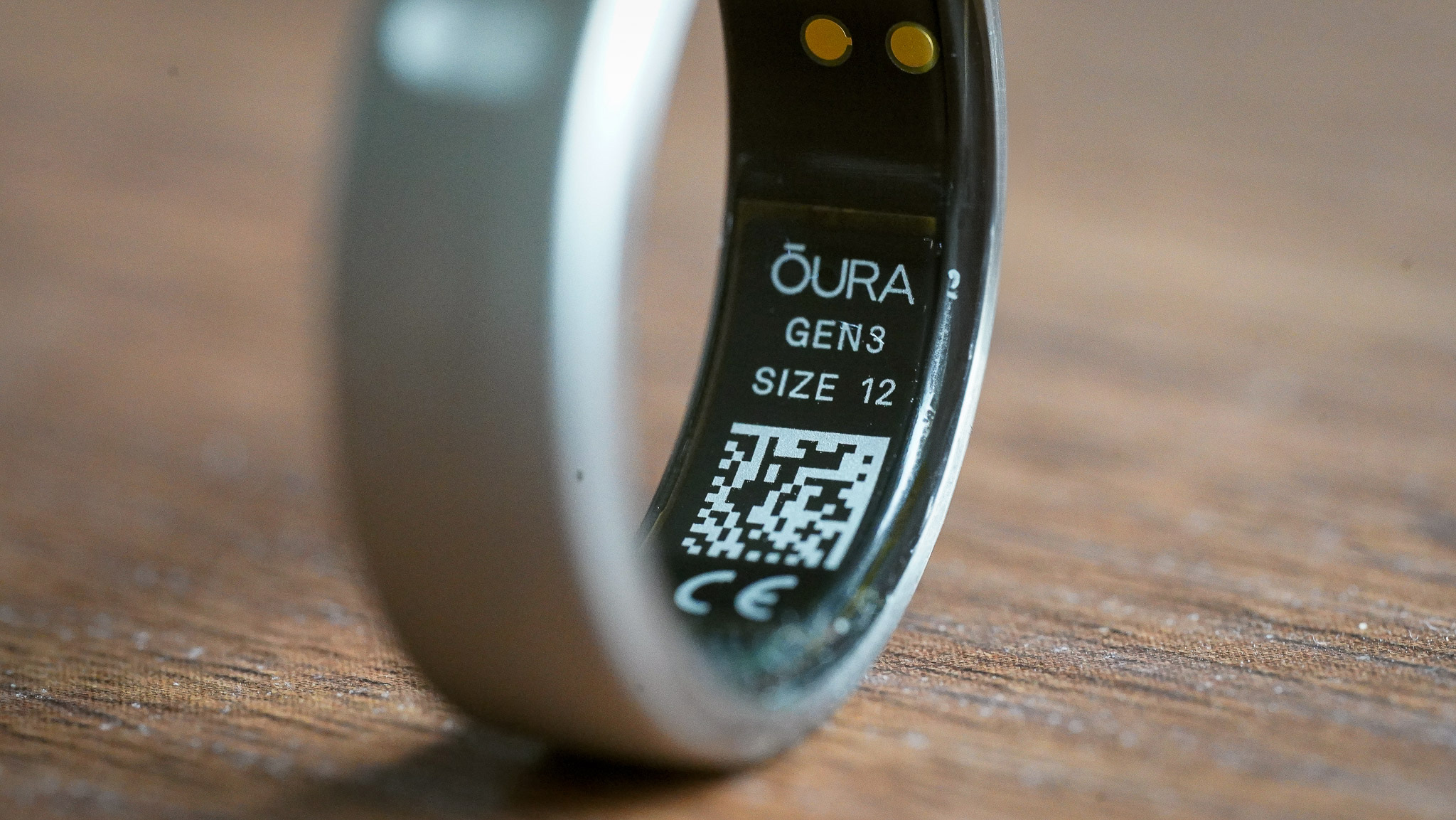
- Materials: titanium with PVD coating
- Water resistance: up to 100m/328 ft.
- Width: 7.9mm
- Thickness: 2.55mm
- Weight: 4 to 6 grams
- Available sizes: 6-13
- Battery life: up to 7 days battery life
- Charging (0-100%): 80 minutes
- Connectivity: Bluetooth Low-Energy
- Sensors: optical heart rate sensor, blood oxygen sensor, Infrared PPG sensors, skin temperature sensors and 3D Accelerometer
- Compatibility: works with Android and iOS smartphones
Design and build quality
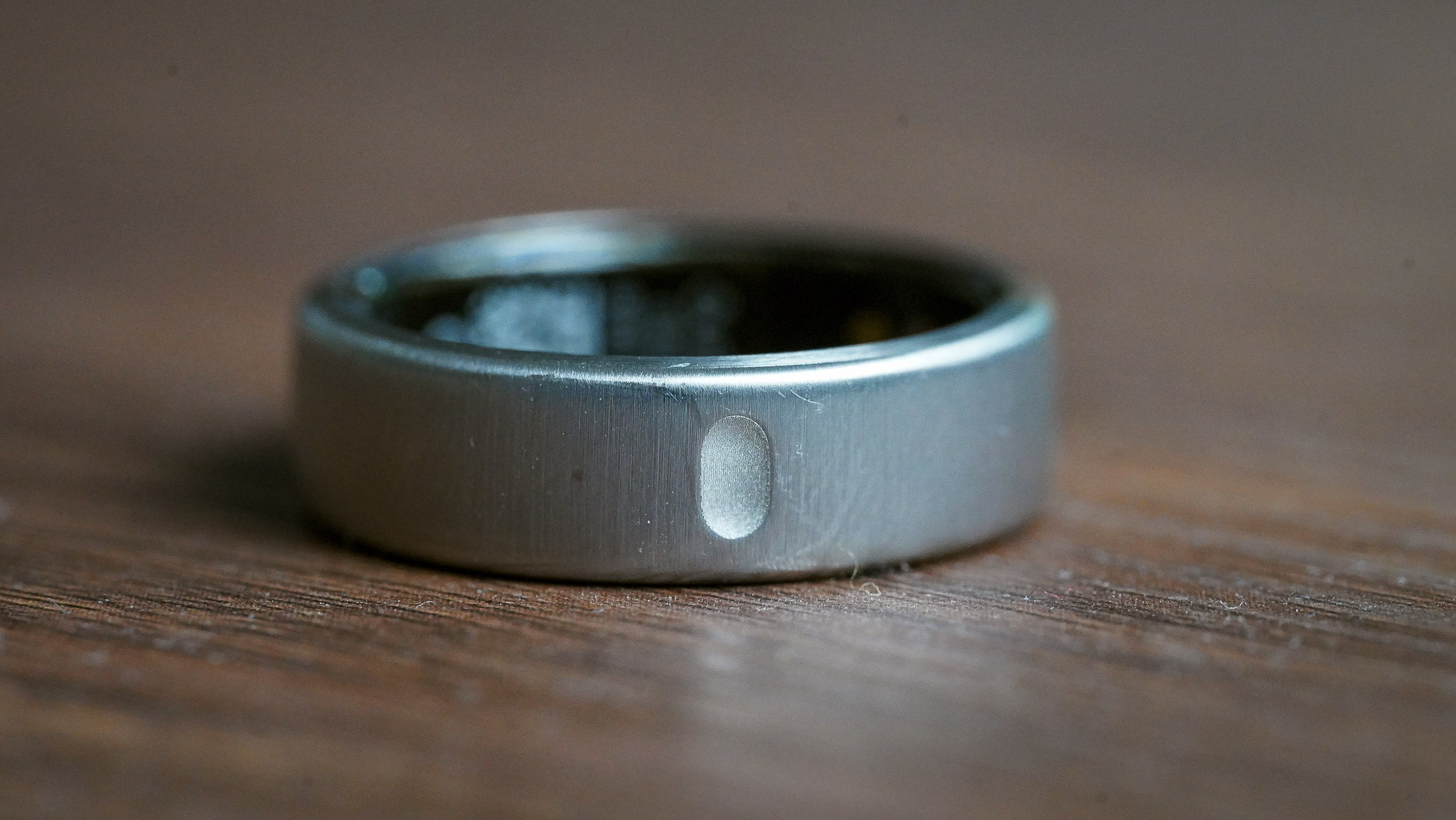
Considering the Oura Ring Gen 3 was launched three years ago, it’s not heavier or bulkier than other smart rings available now. It has a durable titanium shell with a Physical Vapour Deposition (PVD) coating.
There is a small groove ('dimple') on the outer shell that helps you position the ring correctly, with the sensors looking at the underside of your finger (the groove should be on the side where your palm is).
PVD is a hard film layer that provides additional rigidity to metals such as titanium. The Oura Ring Gen 3 feels rugged, and although there are small scratches on the side of the ring that faces the palm (around the groove), the ring survived the month-long testing period without looking too beaten.
The tricky thing with smart rings is that, unlike smartwatches, they see a lot of action. You can use and wash your hands without interacting with a smartwatch, but you can’t do the same with a smart ring. As you grab things, the ring will inevitably be in the way, so it needs to be more durable than most wrist wearables.
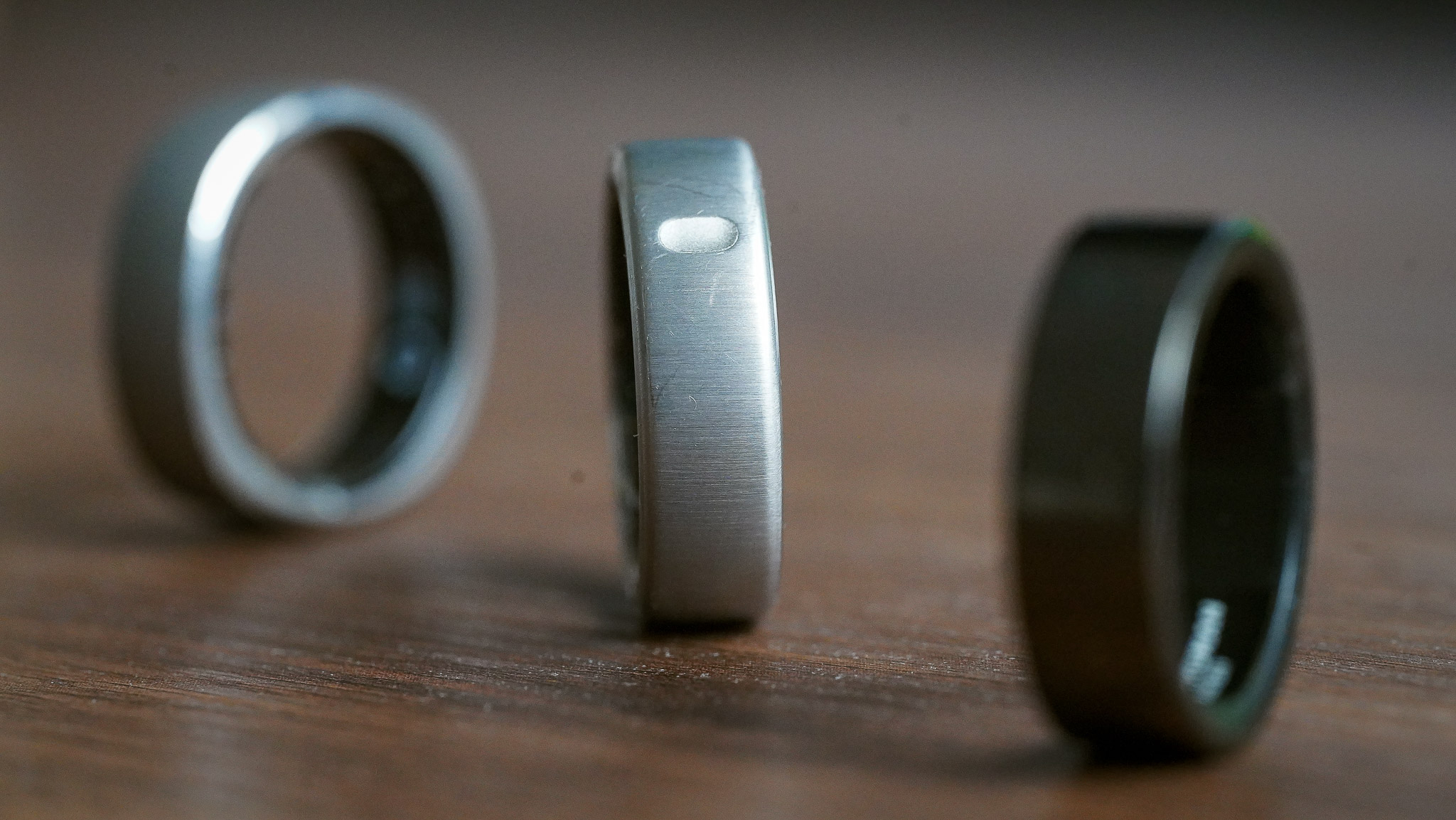
The Oura Ring Gen 3 hasn’t got an ingress protection rating (I couldn’t find one, anyway), but it’s water resistant up to 100 metres, meaning you could wear it for showering and maybe even swimming. I’m not sure if it’s safe to use for pool swimming due to the chemicals in the water, but you shouldn’t be afraid of getting it wet, that’s for sure.
I’ve got big monkey hands, so I wore a size 12 ring. It weighs over 5 grams, but what is 5 grams between friends? It’s super lightweight; I had no problem wearing it continuously for days on end.
The Oura Ring Gen 3 most closely resembles the RingConn Smart Ring, albeit RingConn’s wearable has a more square design. Where they are similar is the small protruding area in the inner surface of the ring. The Oura Ring Gen 3 has three of these domes, under which you find the LEDs.
The inner surface isn’t as smooth as the Ultrahuman Ring Air, but that was launched years after Oura Ring Gen 3. The upcoming (?) Oura Ring Gen 4 might have a smoother inner surface.
Sleep tracking
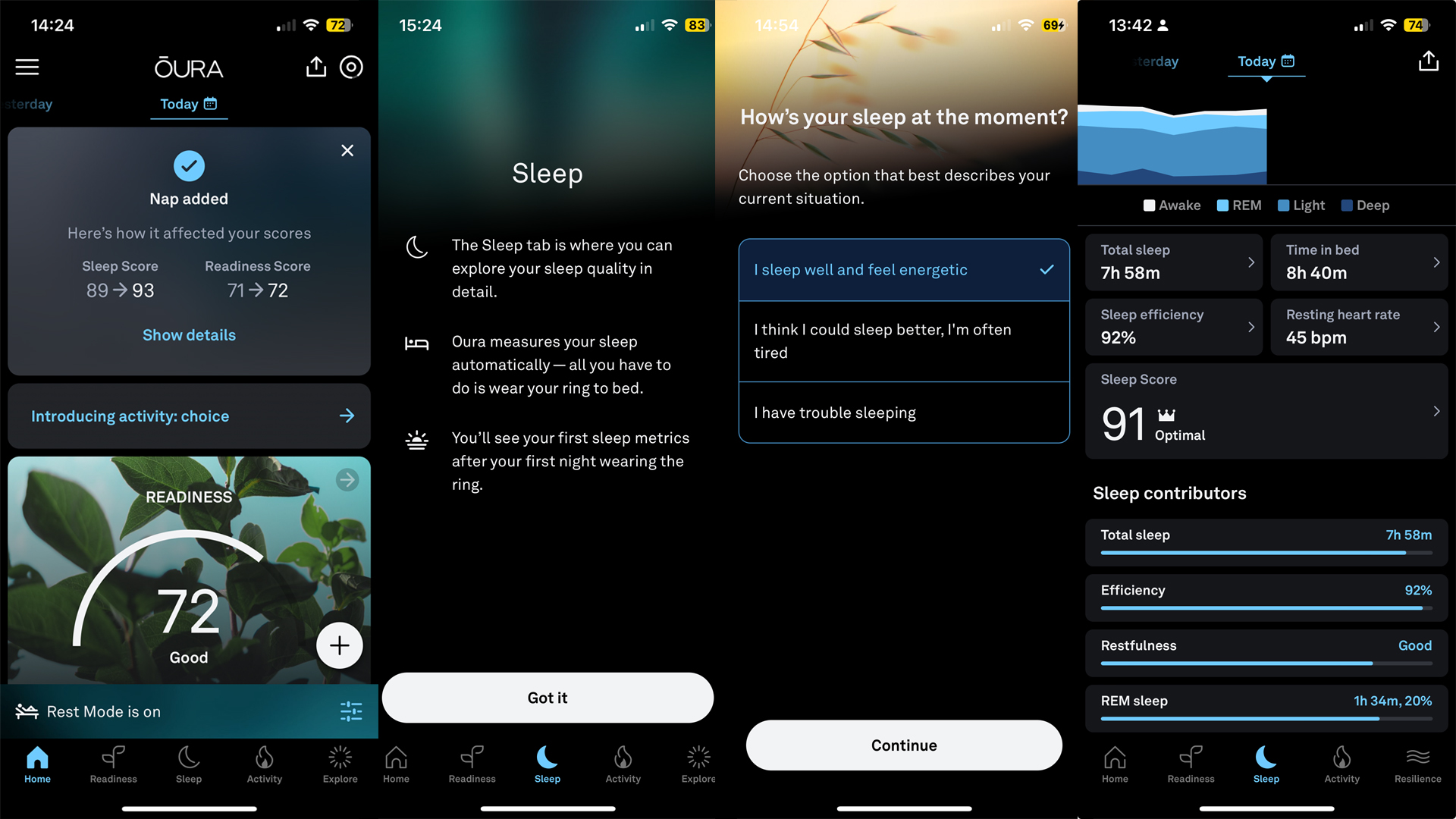
The original purpose of the Oura Ring was to track sleep, and it’s still one of the best sleep trackers on the market. Although the company stresses that the Oura Gen 3 is not a medical device, numerous studies used the smart ring, as it’s considered one of the most accurate wearable devices.
According to the brand, the Oura Ring Gen 3 achieves 79% agreement with polysomnography (PSG) for 4-stage sleep classification (wake, light, deep, and rapid eye movement (REM) sleep).
What this means is that the Oura Ring Gen 3 recognises different sleep cycles with high accuracy. And it doesn’t just recognise your slumber but also rates it! You’re given a Sleep Score each morning and a short summary of the night before. Sleep Score has seven components: latency (how long it takes to fall asleep), timing, restfulness and more.
The Oura algorithm also assesses your blood oxygen levels during the night, as well as respiration rate, resting heart rate and heart rate fluctuations. Plus, it measures heart rate variability, one of the key factors determining your Readiness Score.
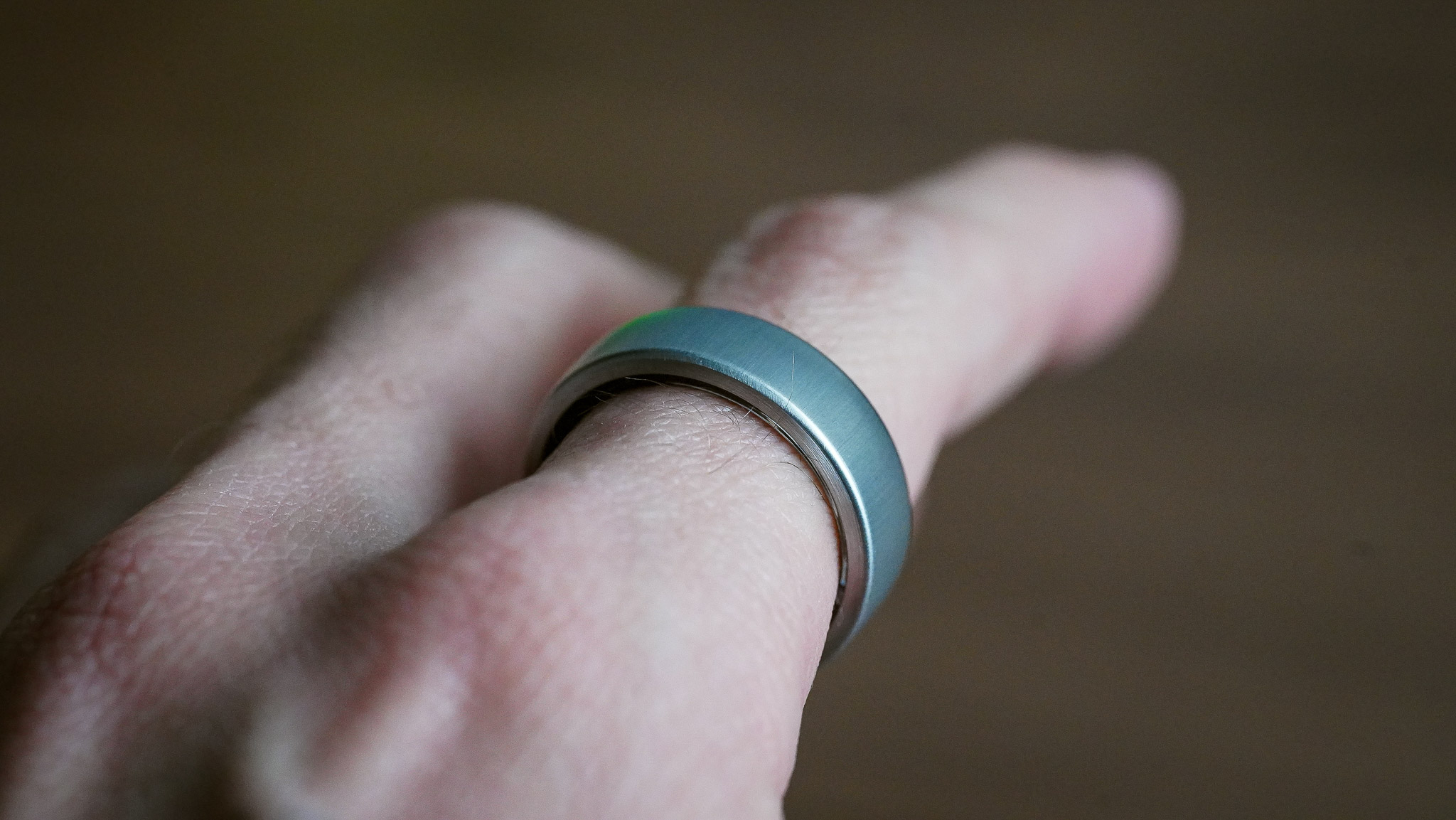
Readiness Score takes even more metrics into account and is another way to gamify health. A number of other wearables provide a similar score, including Whoop and Fitbits – it’s a good way to know and understand how prepared your body is for exercise or just in general.
I found sleep tracking on the Oura Ring Gen 3 very accurate. I tested it against the Ultrahuman Ring Air, the Garmin Forerunner 965 and the Apple Watch Series 9, and the numbers looked consistent. Most importantly, of all the wearables, the Oura Ring provided the most data and the most comprehensible suggestions to improve my sleep.
Thanks to the layout of the Oura app, it’s also easier to see trends in your sleep. The scrollable graph at the top of the Sleep page allows you to check sleep scores for each day quickly and efficiently. It’s a simple thing that enhances user experience significantly.
The only thing I missed was something like a smart alarm. Wearables such as Whoop use a vibration motor to gently nudge you awake, something I’d love to see in the next iteration of the Oura Ring.
Illness detection

I ended up getting ill during the testing period due to the combination of overtraining for an upcoming marathon, work stress and international travel. I must have picked up a bug at the Paris Charles de Gaulle Airport, and since my body was slightly run down, it knocked me off my feet completely.
The Oura Ring recognised my illness automatically – I had a fever, which was picked up by the temperature sensor – and suggested I turn on Rest Mode. In Rest Mode, the app doesn’t give you an Activity goal and the stress tracking is also turned off because your body is under stress to get rid of the illness.
I found this immensely helpful. Most wearables, including Garmin watches, almost disregard certain symptoms and tell you to keep exercising. Usually, they recommend you take it easy, but in a sense that you should still exercise, but less.
During my 48-hour rapid illness, I had no appetite and could hardly make myself crawl out of bed. I definitely couldn’t exercise, even if I wanted to, so the Oura Ring acknowledging this was a relief.
Better still, once I started to recover from the illness and the app suggested I disable Rest Mode, it didn’t just throw me back into the deep end. Instead, there was a transition period when the app gradually increased activity suggestions to help me ease back into exercise.
I was thoroughly impressed with this feature!
Activity tracking
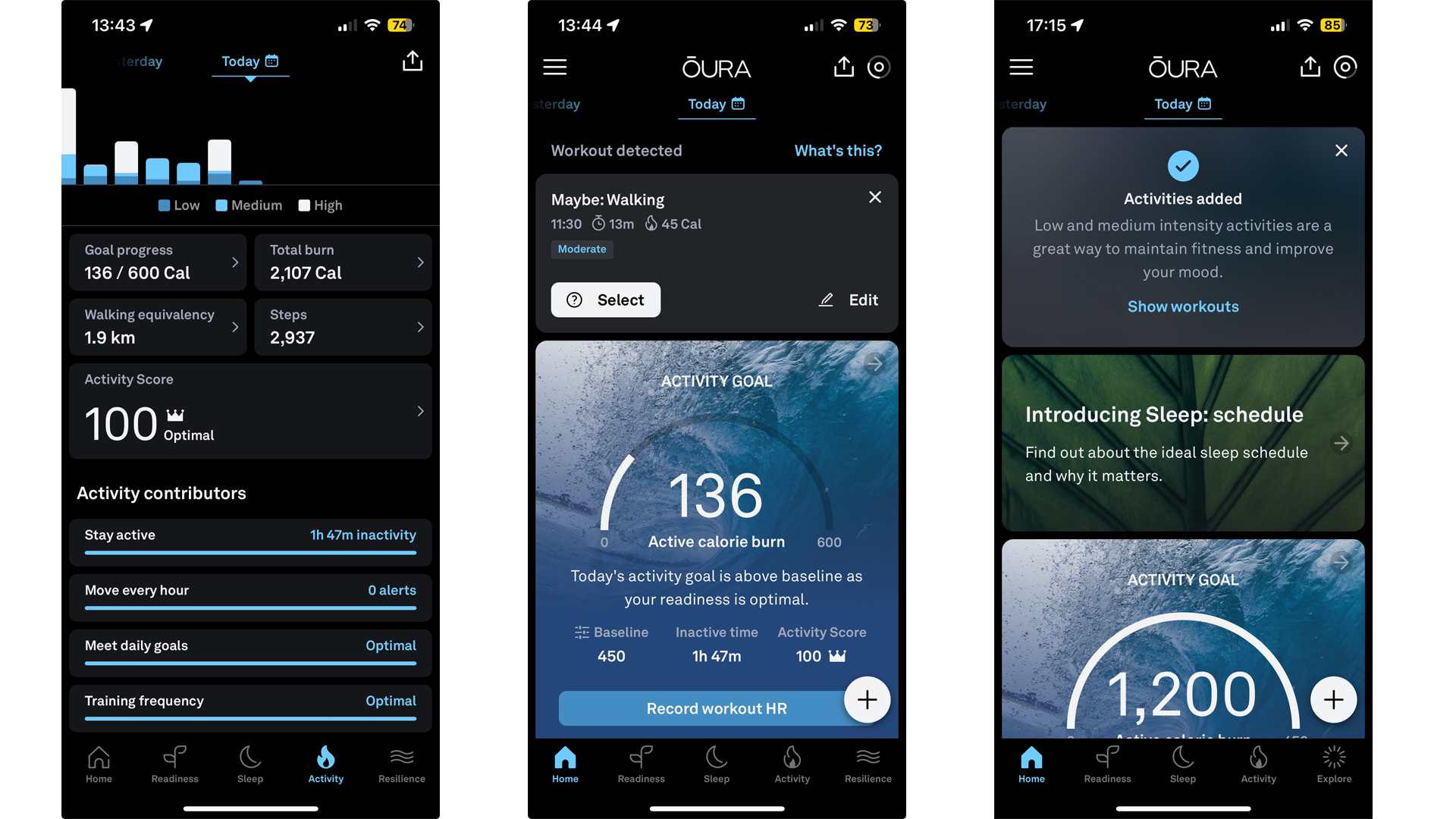
Over the years, Oura expanded its features portfolio, and as a result, the Oura Gen 3 can track exercise almost as well as sleep. You are given a daily calorie goal, and the app also provides an Activity Score.
My favourite part of exercise tracking was Automatic Activity Detection (AAD). Similar to the Apple Watch (although not the same), the Outa Ring Gen 3 can recognise and record over 30 activities, including running, cycling, gardening and more.
Best of all, you don’t have to initiate the workout in the app or do anything with the ring–the system automatically does it. Once the activity is done, you’ll see a box at the top of the home page in the app asking you to confirm the activity.
AAD doesn’t always know exactly what exercise you did. When it can’t decide, the aforementioned box will say ‘Maybe: Running’. When you tap on it, you’ll be given a list of potential workout types, letting you adjust the suggestion. Again, a simple interaction that enhances user experience a lot.
Of course, you can also start a workout in the app, and this is recommended if you want to collect GPS data on your runs. The ring hasn’t got built-in GPS, but it can piggyback on the back of your smartphone’s GPS and record your movements into the Oura app.
Even if you don’t record any workouts, the Oura Ring Gen 3 will monitor your calorie expenditure, which is nice. Not all activities that elevate heart rate are workouts, and by logging active calories, the Oura app helps people hit their goals easier.
Resilience score
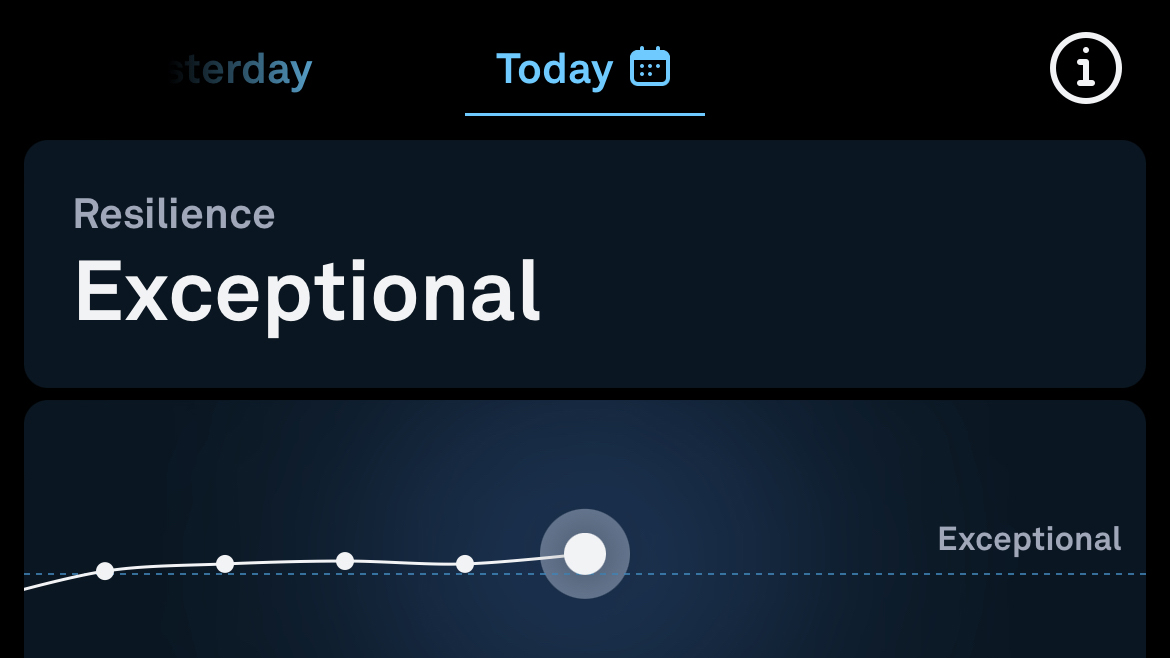
One of the newest features, your Resilience Score, tells you how well you can withstand and recover from physiological stress over time. This feature was rolled out halfway through the testing period, and it showcased well why you need to wear smart rings and smartwatches for at least a few weeks for them to get the hang of, well, you.
My score went from ‘Solid’ to ‘Exceptional’ in two weeks without changing my sleep or exercise habits. Again, it takes a while for algorithms to get used to you, which is why it might take weeks for features like the Resilience Score to display the ‘correct’ numbers.
Once it does, though, it will stay relatively flat unless you lead a hectic life. I’m lucky enough to have a steady sleep and exercise routine, so I don’t expect my Resilience Score to change drastically over time.
It does provide an extra layer of understanding of your overall health, though, and the Resilience Score is included in the Oura Ring Membership, so I’m not complaining.
Is the Oura Ring Membership worth it?
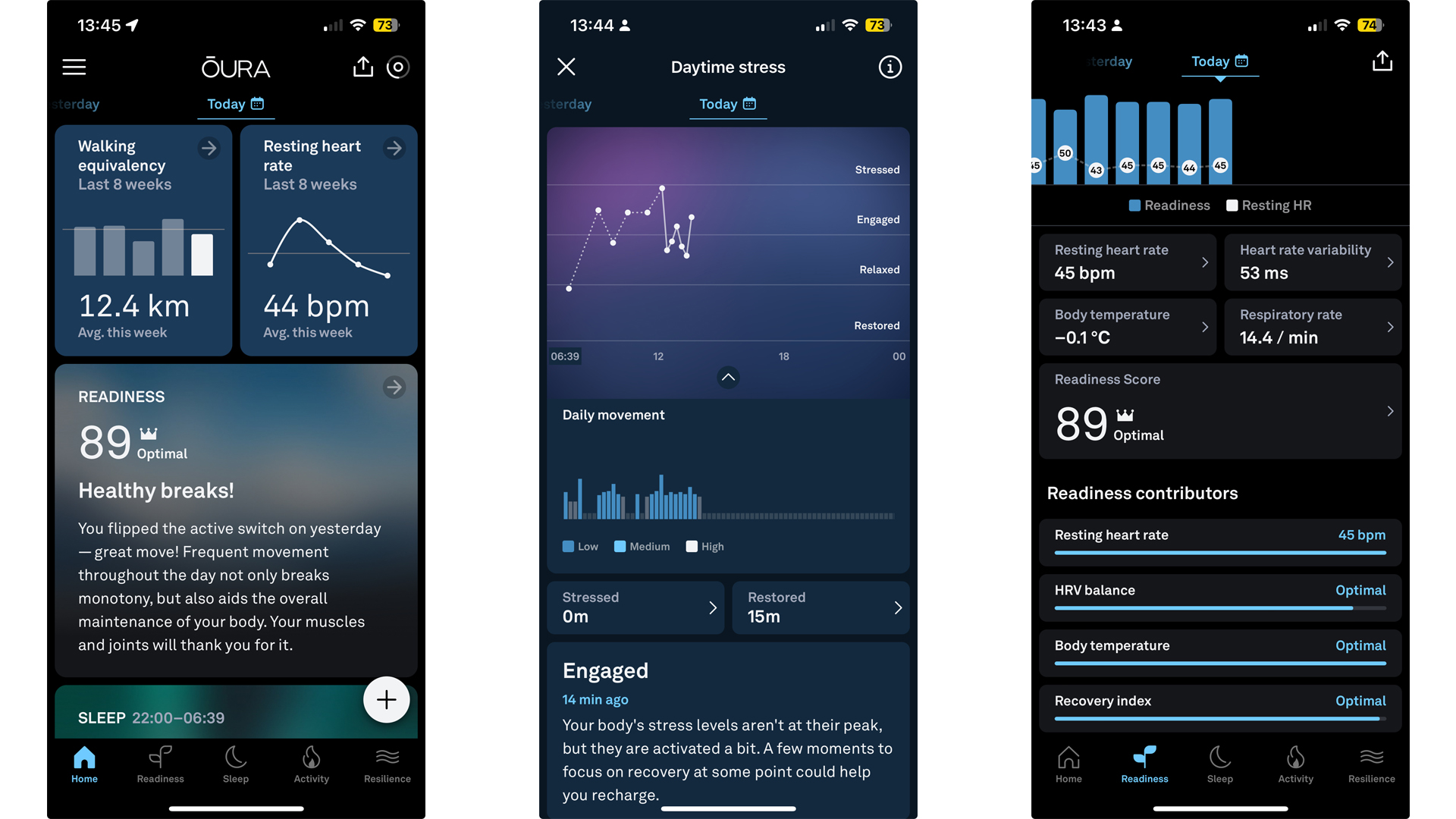
Oura’s offering is unique, as it charges you to access almost all but the basic health data in its app. The company didn’t always charge users for features but rolled out this model when the Oura Ring Gen 3 was introduced.
Whoop has a similar model, but they don’t charge for the hardware, unlike Oura. One might argue that paying top dollar for the smart ring and then paying a monthly fee to access your data is a bit much.
However, everyone should get used to membership fees, as this is the future of all services. Look everywhere, and companies who can use subscription fees do to provide a better user experience over the long run.
Continuous updates and bug fixes require a lot of resources, not to mention R&D. If the company only makes money when it sells hardware, it’s forced to sell more hardware to keep the business afloat. That’s not good for the environment or the existing customer base.
Subscription fees enable companies to provide a better customer experience. Simple as that. And Oura’s app and features really are best in class, so I’d say the Membership is worth it. Or, more like, I wouldn’t recommend the Oura Ring without the subscription.
Verdict
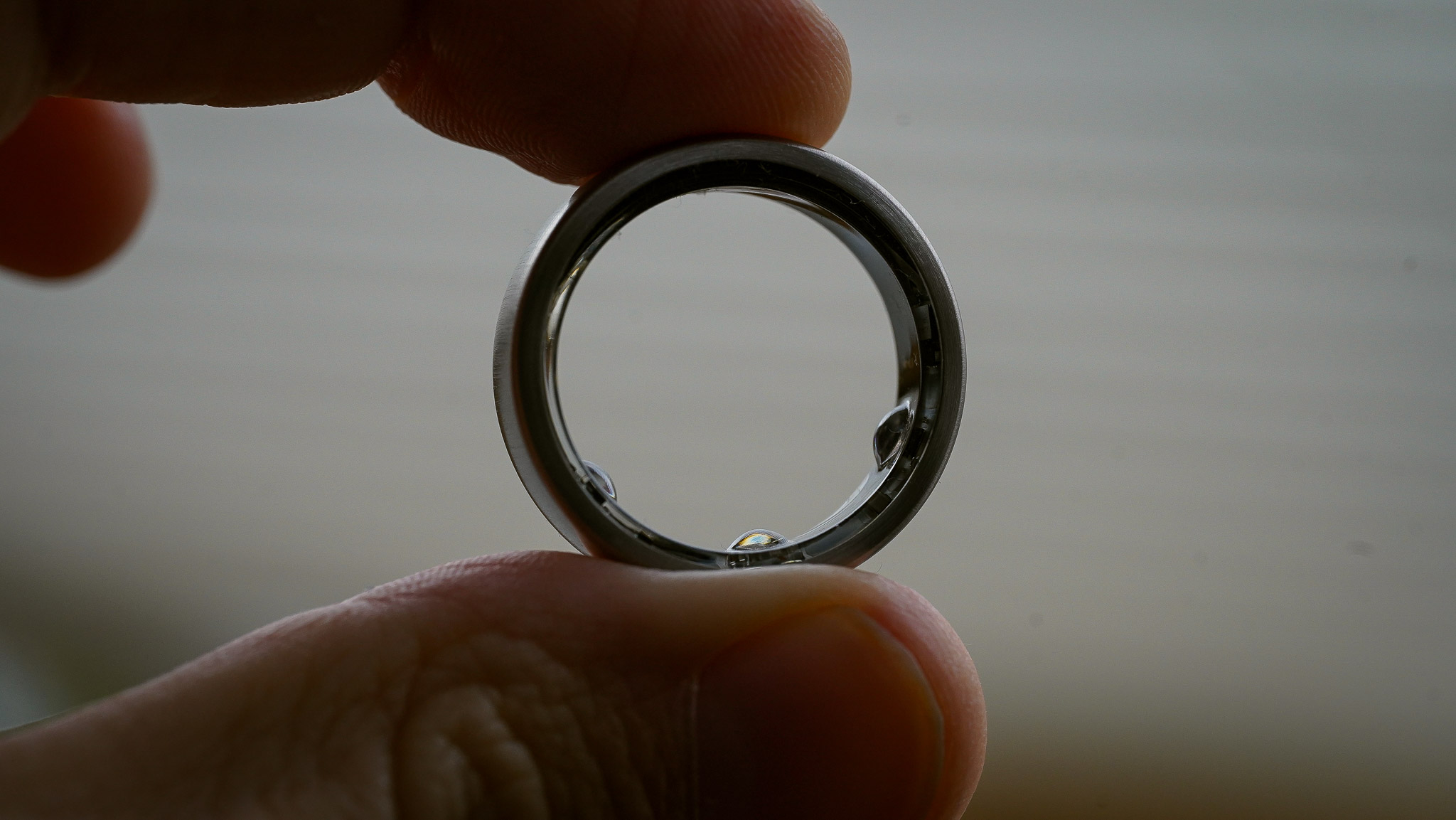
The Oura Ring Gen 3 boasts one of the most comprehensive feature sets I’ve seen in wearables in recent years. Not just that, but the features on offer, including Sleep, Activity, and Resilience Scores, all work together, enabling you to better understand your health. Highly recommended for those who need a reliable health companion and can’t wear a smartwatch all day.
Three things to consider before buying the Oura Ring Gen 3 are the imminent release of the next generation ring, the membership fee, and the size of the wearable.
The third-generation ring came out three years ago, and Oura is likely working on its successor. The new ring will probably feature updated sensors and maybe even a sleeker look – not to mention, a new Oura Ring would help push the price of the Oura Ring Gen 3 down in the transition period.
Membership cost is also something to keep in mind. It’s not a lot of money, and I firmly believe there is no point in having an Oura Ring without a membership, but it’s certainly an ongoing cost.
Finally, although the ring isn’t massive, most of my female friends said it looked pretty big. It looks fine on my huge hands, but someone with smaller fingers might find the ring too thick. This is true for every smart ring, though, and not an Oura-exclusive issue.
Otherwise, you should go and buy your Oura Ring right now.
Sign up to the T3 newsletter for smarter living straight to your inbox
Get all the latest news, reviews, deals and buying guides on gorgeous tech, home and active products from the T3 experts

Matt Kollat is a journalist and content creator who works for T3.com and its magazine counterpart as an Active Editor. His areas of expertise include wearables, drones, fitness equipment, nutrition and outdoor gear. He joined T3 in 2019. His byline appears in several publications, including Techradar and Fit&Well, and more. Matt also collaborated with other content creators (e.g. Garage Gym Reviews) and judged many awards, such as the European Specialist Sports Nutrition Alliance's ESSNawards. When he isn't working out, running or cycling, you'll find him roaming the countryside and trying out new podcasting and content creation equipment.
-
 Forget the tariffs, Paddington 3 is now on Netflix to bring you joy
Forget the tariffs, Paddington 3 is now on Netflix to bring you joyPaddington In Peru is now streaming on Netflix
By Mike Lowe Published
-
 Leaked AirPods prototype looks like Nothing... literally
Leaked AirPods prototype looks like Nothing... literallyAnd we are here for them
By Britta O'Boyle Published
-
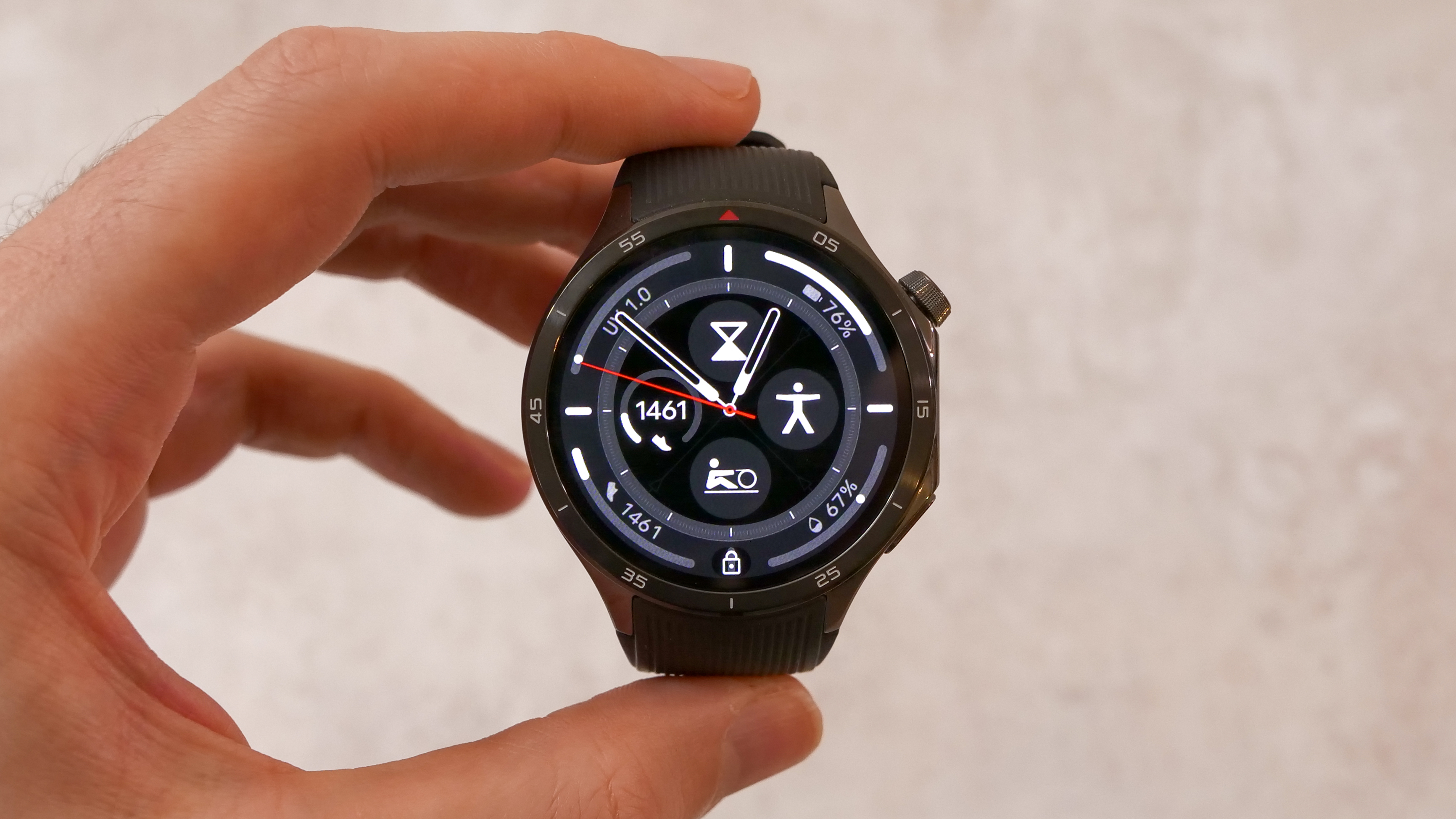 OnePlus Watch 3 lands in the UK with a flurry of freebies and a huge discount
OnePlus Watch 3 lands in the UK with a flurry of freebies and a huge discountThe new titanium-clad smartwatch brings 120-hour battery life, ECG health checks, and some serious launch offers
By Matt Kollat Published